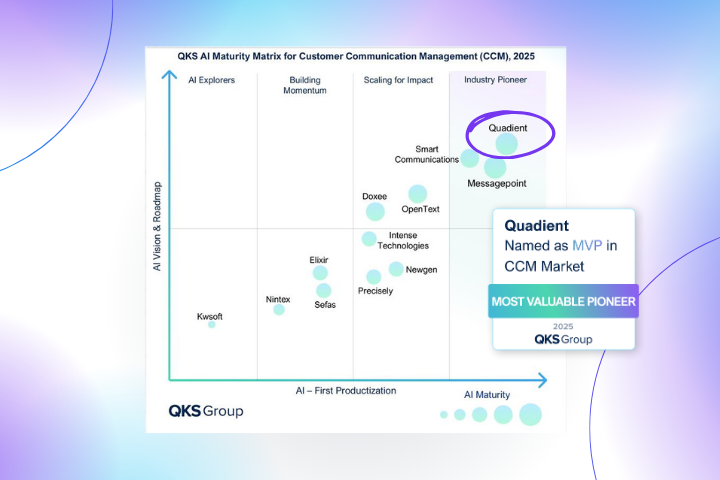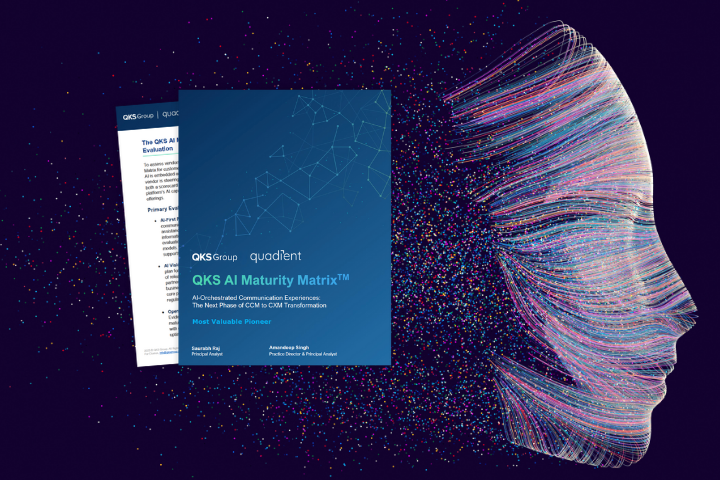Introduction
Imagine receiving a simple text reminding you of an upcoming appointment or a gentle nudge about paying a bill. These quick touches matter, and businesses know it. They're using SMS – or text messages – to engage with their customers.
This article covers what SMS automation is, its benefits and common business-to-business (B2B) use cases. We’ll also share ten best practices for automated SMS.
What is SMS automation?
Instead of sending them manually, SMS automation software enables businesses to send text messages automatically. Automated workflows allow them to schedule bulk SMS messages in advance, ensuring they're sent to the right people at the right time. SMS automation helps businesses engage with their customers at scale.
In today's fast-paced world, SMS automation software is essential for businesses to connect with their customers effectively.
Benefits of SMS automation
In today's fast-paced landscape, embracing SMS automation is a shortcut to connecting with customers effectively. It offers various benefits that can significantly enhance your customer experience efforts.
SMS automation is a cost-effective solution that provides the benefits of speed, security, and time savings. Text messages are traceable and can include calls-to-action that link directly to the digital realm.
Text messages are known for their high open rate, fast response time, and low incidence of spam. Text messages are best for short messages such as reminders and alerts.
Business-to-business (B2B) use cases for SMS automation
Here are a few B2B scenarios where SMS automation can be a game-changer:
- Appointment reminders: SMS automation can send reminders for meetings and appointments, ensuring everyone stays on schedule.
- Order updates: Keep customers in the loop about their orders with real-time SMS shipping and delivery updates.
- Customer surveys: Gather valuable feedback from customers by sending post-interaction surveys through SMS.
- Event invites: Send event details, RSVP confirmations, and invites to business events through SMS.
- Payment reminders: Ensure timely payments by sending automated reminders to clients.
- Lead nurturing: Engage potential leads with targeted SMS messages that provide helpful information.
- Customer onboarding: Guide new customers through your business's offerings with a series of welcoming SMS messages.
- Emergency alerts: Send urgent alerts to partners or clients during critical situations for swift communication.
- Feedback collection: Use SMS to ask customers for feedback after service interactions, helping you improve.
- Product teasers: Use SMS marketing campaigns to offer your customers a sneak peek into upcoming products. This creates an exclusive feel and builds excitement.
Tips to choose the best SMS automation software for your business

- Choose software that's a breeze to use: When selecting SMS automation software, opt for a tool that's as easy as sending a text message. Look for software with a simple interface, making it a smooth ride for your team. This way, even those who aren't technical can use it effortlessly without needing constant help from IT.
- Go for software that integrates: Choose software that seamlessly integrates with various apps and systems. Consider whether it plays nicely with your current tools and future ones you might embrace. The best software plays well with the tools most businesses rely on.
- Lock in on security: Ensure the software you choose ticks all the security boxes, keeping your sensitive info safe and sound. It's also smart to check if you can choose between storing data on your personal device or in the cloud. The ideal choice? Software that supports both.
- Work on the go: Ensure the software you pick supports mobile use, so your team can whip up SMS wonders from wherever they wander
- Custom-made for you: Look for software that can be tailored to your needs. Dig into case studies from other users to see if it matches up with what you're aiming for.
- Get the best of both worlds: Look for software that's versatile enough to manage not just digital but also physical communications.
Ten best practices for SMS

- Obtain consent: Only message customers who have opted-in to receive your texts.
- Personalize messages: Use the customer’s name and ensure the message is relevant to them.
- Be clear: Short and clear messages work best.
- Consider timing: Avoid sending messages at odd hours. Send messages when your customers are likely to be awake.
- Encourage replies: Make it easy for customers to reply to your text messages.
- Offer value: Every message should offer something valuable – a reminder, discount, tip, or essential update. When messages have value, customers appreciate them.
- Provide opt-out: Make it easy for your customers to opt out of receiving your messages. This information should be included in every SMS message.
- Don’t overdo it: Sending too many messages can annoy customers, while too few can make them forget about you.
- Be friendly: Write messages using a casual tone and use simple language.
- Track results: Make sure to track the results of messaging campaigns and refine them as needed.
Think of SMS as a quick chat, not a long lecture. Keep it interesting and focused on the customer.
Automate SMS with Quadient Impress Distribute
Eliminate the distraction, time, and effort of preparing and sending communications with Quadient Impress Distribute. It gives businesses the power to send communications via digital channels like SMS and email in just a few clicks.
Impress Distribute is a cloud-based document delivery solution that helps prepare and deliver your customer communications.
Conclusion
SMS automation schedules messages, ensuring timely delivery without manual effort. It's a cost-effective way to improve customer experiences with speed and security. Text messages have high open rates and often receive quick responses. =
From appointment reminders to order updates and feedback collection, it's your reliable guide to effective communication. So, consider leveraging SMS automation software to elevate your customer engagement.







